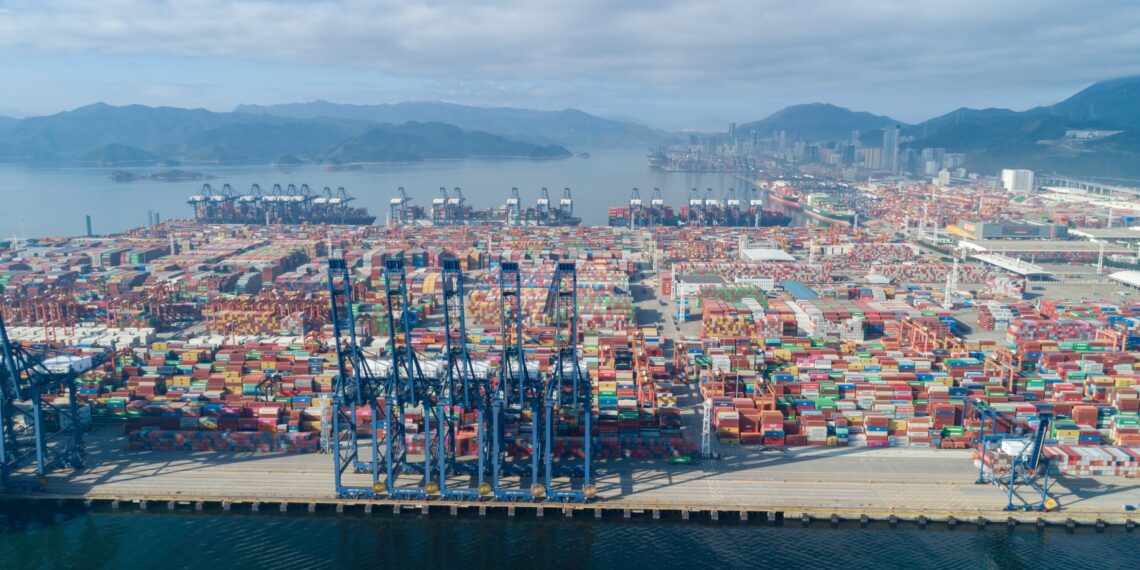No products in the basket.
The ASEAN+3 region is projected to grow by 4.2% in 2024 and 4.4% in 2025, driven by recovery in trade, tourism, and strong domestic demand.
The ASEAN+3 economies are projected to show strong economic performance despite growing external uncertainties. In the recently released October 2024 update of the ASEAN+3 Regional Economic Outlook (AREO), the ASEAN+3 Macroeconomic Research Office (AMRO) forecasts a growth rate of 4.2 percent for the region in 2024, with a slight increase to 4.4 percent anticipated in 2025. This optimistic outlook highlights the region’s resilience amid global challenges.
Key Growth Drivers
A significant factor contributing to the robust growth of the ASEAN+3 economies is the ongoing recovery in external trade and tourism. These sectors have shown remarkable resilience, aiding in the region’s economic expansion. Moreover, domestic demand remains solid, further bolstering growth prospects by supporting various local industries. This dual focus on external recovery and internal strengths positions the region well for continued economic success.
Tourism and Trade Resilience
The resilience in the trade sector and the revival of tourism activities have emerged as pivotal elements driving the economic momentum within the ASEAN+3 region. Despite external challenges, these sectors are expected to continue their positive trajectory, contributing significantly to the region’s overall economic health. This scenario reflects the adaptive and dynamic nature of the ASEAN+3 economies in navigating global uncertainties while fostering sustainable growth.
ASEAN+3 Region Projected Economic Growth
The ASEAN+3 region, a dynamic and diverse group of countries, is projected to continue its trajectory of solid economic growth despite the challenges posed by external uncertainties. According to the ASEAN+3 Macroeconomic Research Office (AMRO), the region is expected to grow at 4.2 percent in 2024 and see a slight improvement to 4.4 percent in 2025.
This positive outlook is underpinned by robust domestic demand, with additional support from the anticipated turnaround in exports and the continued recovery of tourism. Inflation, which has been a concern for economies worldwide, is expected to moderate within the ASEAN+3, excluding Lao PDR and Myanmar, from 2.8 percent last year to 2.5 percent in 2024, and further easing to 2.3 percent in 2025.
The region’s resilience is noteworthy, especially considering the aggressive monetary policy tightening by central banks globally to combat high inflation, which has led to financial market volatility. Despite these headwinds, the ASEAN+3 region’s growth remained resilient at 4.3 percent in 2023, and the momentum is expected to stay favorable.
Looking ahead, the ASEAN+3 region faces the challenge of navigating major global shifts such as aging populations, global trade reconfiguration, and rapid technological change. These trends present both risks and opportunities for long-term growth. The region’s ability to manage these risks while capitalizing on growth opportunities will be crucial for its future economic trajectory.
Investment in productive sectors and strengthening regional cooperation are among the strategies suggested to reignite growth and enhance resilience. This approach would allow the ASEAN+3 to remain a bright spot amidst an increasingly complex global economy.
For countries like Brunei, the GDP growth projection of four percent by AMRO reflects the nation’s economic stability and potential for growth within the region. Meanwhile, adjustments in growth expectations for China and Vietnam have led to a slight downward revision for the region’s overall forecast, highlighting the interconnected nature of the ASEAN+3 economies.
The ASEAN+3’s journey is a testament to the region’s enduring spirit of cooperation and collective ambition. As it stands on the cusp of further economic development, the ASEAN+3 region continues to be a beacon of growth and stability in an ever-evolving global landscape.
For more detailed insights and the full economic outlook, you can explore the comprehensive reports provided by AMRO.
Source: ASEAN+3 Macroeconomic Research Office
Discover more from Thailand Business News
Subscribe to get the latest posts sent to your email.














